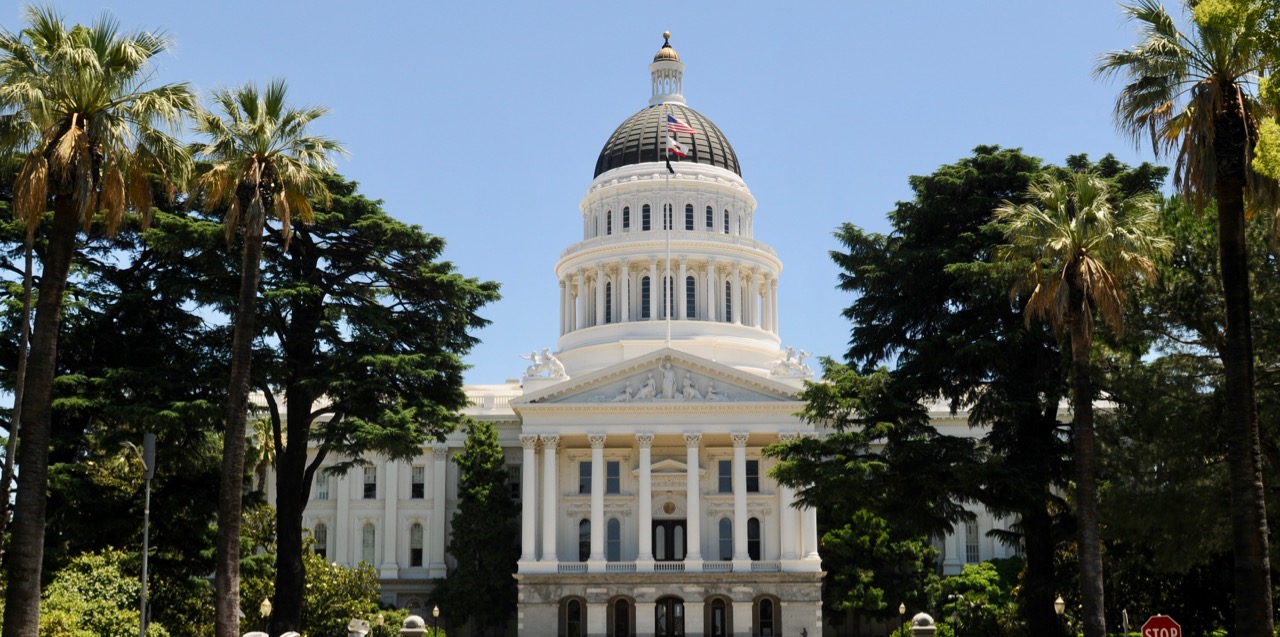
California State Capitol Dome. (Photo: Kevin Sanders for California Globe)
Another Reason to Limit Bill Introductions?
Some of the Governor’s veto messages provide additional rationales for limiting bill introductions
By Chris Micheli, November 12, 2023 7:52 am
As I did my final review of Governor Newsom’s actions on the 1,046 bills sent to him after the 2023 Legislative Session, I noticed that some of the Governor’s veto messages provide additional rationales for limiting bill introductions.
Out of 156 vetoes from the 2023 Session, the number one reason for the Governor’s veto was budget concerns or cost pressures. In fact, 41% of the vetoes used that basis. That by itself is not a reason to limit bill introductions, but another statistic may provide such a reason…
By my count, just over 1/3 of the bills vetoed by Governor Newsom likely should not have been sent to his Desk and, arguably, should not have made it through the process at all. In fact, perhaps they should not have been introduced at all?
The bases for just over 1/3 of the vetoes by the Governor included these categories:
- 18% were deemed unnecessary
- 10% were difficult or complicated to implement
- 6% were duplicative of executive branch actions
That means almost 1 in 5 of the bills reaching the Governor’s Desk were, in the view of the Governor, unnecessary. In addition, just over 1 in 20 of the bills reaching the Governor’s Desk were viewed as duplicative of what his Administration was already working on. And, another 1 in 10 of the bills reaching the Governor’s Desk were too difficult to implement from his perspective.
That leads me to the question: Why did these bills make it through committees and floors of both houses? Obviously, opinions may differ on what is unnecessary, infeasible, or duplicative, but given that the Governor is a leader of the majority party, one might expect similar viewpoints to be shared. With that in mind, should the California legislative process have identified, and perhaps stopped, bills which are likely unnecessary, infeasible to implement, or duplicative of existing executive actions?
Hopefully that question becomes a discussion point going forward in the California Legislature. Even before those bills begin their legislative journey, it may be worth considering whether they should even be introduced. To be fair, many bills evolve considerably between introduction and final form, but perhaps a lower bill limit will force more potential authors to consider whether bill proposals are unnecessary, infeasible, or duplicative.
- Should Interpretive Guidance Be Included in California Legislation? - April 28, 2024
- Legislative Intent Does Not Equate to a Mandate - April 27, 2024
- Frequently Asked Questions about State Agency Ethics Training - April 26, 2024




